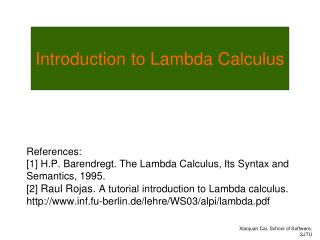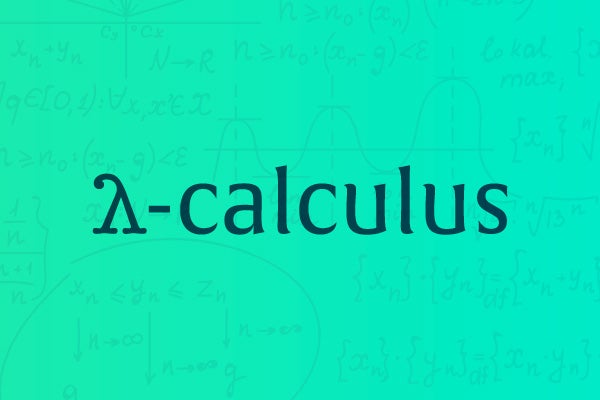

Lambda-reduction (also called lambda conversion) refers to all three. Three theorems of lambda calculus are beta-conversion, alpha-conversion, and eta-conversion. In the lambda calculus, lambda is defined as the abstraction operator. A numeral n applies the function f n times to x. A formal logic developed by Alonzo Church and Stephen Kleene to address the computable number problem. To build the predecessor we need a way of applying the function 1 fewer time. In the untyped lambda calculus the only primitive data type is the function.Ī straightforward implementation of Church encoding slows some access operations from O ( 1 ) n=0, The Church-Turing thesis asserts that any computable operator (and its operands) can be represented under Church encoding.

Terms that are usually considered primitive in other notations (such as integers, booleans, pairs, lists, and tagged unions) are mapped to higher-order functions under Church encoding. The method is named for Alonzo Church, who first encoded data in the lambda calculus this way. The Church numerals are a representation of the natural numbers using lambda notation. In mathematics, Church encoding is a means of representing data and operators in the lambda calculus. The advantage of this is that evaluating expressions in lambda calculus is quite complicated because the semantics of substitution must be specified with great care to avoid variable capture problems. Combinatory logic and -calculus were originally devised in the 1920s for investigating the foundations of mathematics using the basic concept of operation. Representation of the natural numbers as higher-order functions Combinatory logic is a model of computation equivalent to lambda calculus, but without abstraction.


 0 kommentar(er)
0 kommentar(er)
